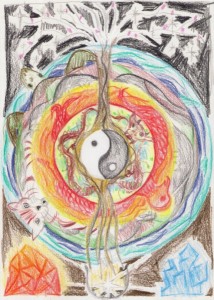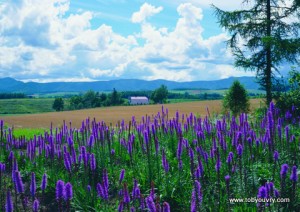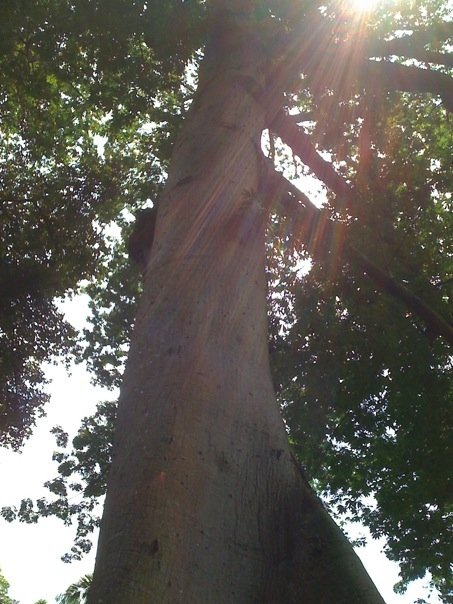 When was the last time you enjoyed bliss? By bliss I mean not just an isolated experience of pleasure in either your physical, mental or spiritual bodies, but an experience of pleasure that touched them all three levels of your being and brought them naturally back into alignment and harmony with each other?
When was the last time you enjoyed bliss? By bliss I mean not just an isolated experience of pleasure in either your physical, mental or spiritual bodies, but an experience of pleasure that touched them all three levels of your being and brought them naturally back into alignment and harmony with each other?
Perhaps when you read the paragraph above the experience of bliss seems a little bit abstract, something difficult to attain, something that happens to us only occasionally and even then caused by something outside of ourselves, something that “happens” to us, rather than something we ourselves create?.
In my opinion and experience the experience of bliss is a lot simpler and more accessible than that. As human beings and as living creatures, we are all NATURALLY full of blissful energy. Energy is what we are, and in its natural state, our sensory, mental and spiritual energy is deeply blissful and pleasant.
So, if this is the case, why does experiencing bliss seem like such a difficult experience for us? Well, put very simply, most of us live too much of our life “in our head” or in an abstract mental state divorced from the depth and pleasure of our own natural energy. Get out of your head and step back into your moment to moment direct experience of life and bliss starts to return.
Two ways to begin re-connecting to your bliss:
1) Remembering and experience of bliss.
You can try this one right now. Recall a past experience of genuine bliss. Spend a minute or so remembering it and re-creating it in your mind, until you can feel a bit of that blissful energy in your body and soul. Now let go of the memory, and simply focus of the sensation of bliss in your body-mind. There it is, still there even though you have let go of the memory. This exercise helps show you that bliss is a state of being that is present within you right now, it is not something that you have to go out and purchase, or fight hard to obtain.
2) Taking moments in your day to touch bliss
Try and do five short activities (of one minute maximum) every day that are specifically focused on generating bliss. For example I can look up from my keyboard now and just observe the sky and the cloud formations, as I really drink in the richness of that visual experience, I can feel a natural gentle bliss beginning to flow through my being, it is not just an intellectual appreciation, it is a feeling that I can feel relaxing me and expanding into my physical, mental and spiritual being. So there you go, one minute of bliss!
Later I might give my partner or child a hug, and really focus on the experience of bliss that rises from the physical, mental and spiritual touching of two human beings. Again, another minute of natural, easy bliss.
If you like you can make a list of things that make you feel blissful and then just make sure you touch one or other of these activities a few times each day.
Life should be blissful. The interesting thing about true bliss (not to be confused with craving and attachment) is that it makes us less selfish, more giving, more sane and more happy. As it turns out the most important thing to do if you want to re-awaken your bliss is to REMEMBER it, as it is always there!
A final warning: Most people these days do seem to have forgotten their bliss, and are tied up in complicated mental knots. Resolve firmly not to be like them;-)
Thanks for reading, and here is to a blissful week ahead!
Toby
© Toby Ouvry 2011. You are welcome to use this article, but you must seek Toby’s permission first. Contact info@tobyouvry.com
PS: If you enjoyed this article and would like to find out how you can use the latest meditation technologies to enhance your bliss and joy, then click here: Digital Euphoria






